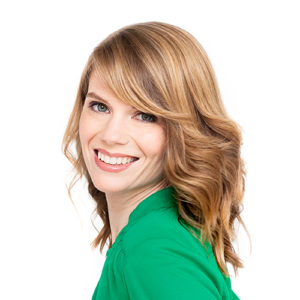I explained how to sort through all your belongings — the first step in organizing a room — in my last post. Today, it’s all about putting things back and creating storage that works. Here are some tips:
- Consider how you want the room to function and create zones for those functions. All the supplies necessary for those functions goes in those zones. For example, you may want your living room to be a place where you can watch TV, play video games and read books and magazines. Your TV zone might be the couch, chairs and coffee table where you store the remote controls. Your video game zone might be the same area with the addition of a bookshelf to store all the games and equipment. The book and magazine zone might consist of the bookshelves plus a cozy chair next to a lamp.
- Keep things you don’t use very often up high or behind closed doors. Keep things you use often at eye level and close to where they are used.
- Consider whether you are a closed storage or open storage person. Closed storage (storage where the item is concealed. Examples include cupboards, drawers and boxes with lids) looks neat and tidy. It works best for people who can remember where they store things and who don’t mind the extra step of opening a door or lifting a lid to put something away. Open storage (examples include shelves and tabletops) works best for storing things that are used often. It can look cluttered because all of your belongings are on display. Children find open storage easier to use than closed storage.
These are methods that professional organizers use to reorganize a space, so you know they will work for you! Sometimes it takes a little trial and error to figure out the best way to store your items. Try to work with the habits you have, and get input from everyone who will be using the room. An organized space is within your reach!

